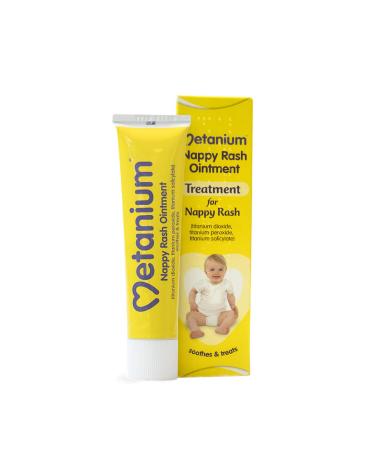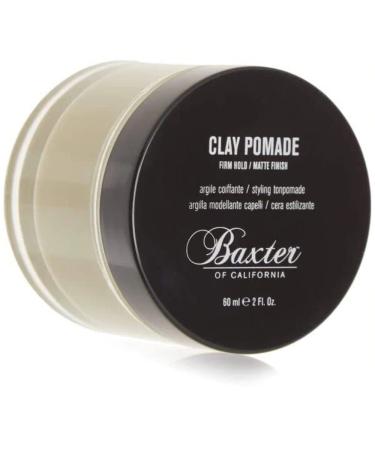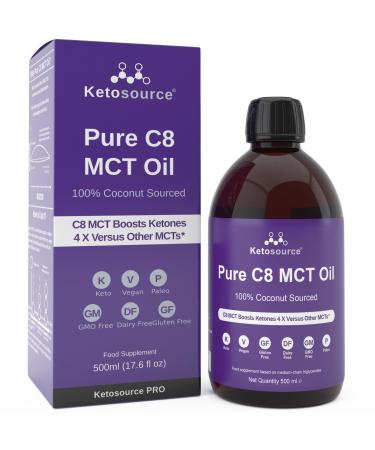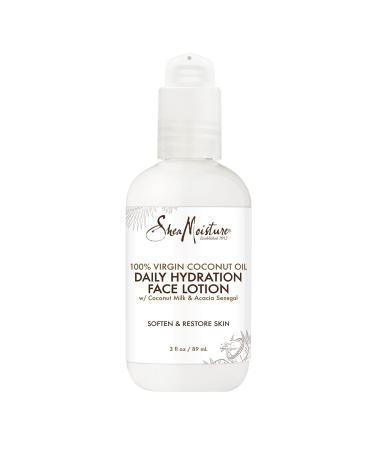Why is our pine honey special?
Since we are beekeepers ourselves, we carry out the production techniques and stages ourselves. First and foremost, we work with healthy bees, and our hives are free of bee diseases such as American foulbrood, European foulbrood, and Nosema. We feed our bees with honey in the winter. We make the foundation combs used in the hive during production from our own wax. For this reason, dirty combs purchased from abroad can cause problems they increase the wax with paraffin, which can contain naphthalene and antibiotic residues. That's why we use natural combs made from our bees' underbelly wax glands. Clean water is crucial for bees, so we've built a clean water trough for our bees in our apiary, which is where they get their water needs. Wire is drawn to connect the honeycombs to the frames of the hives. We use chrome wire (which doesn't rust or oxidize). Iron-mixed wire is available in the market to reduce costs.
In 2013, we inoculated the cochineal beetles we brought from Mugla into the Bursa Cumalikizik pine forest, located near our farm. Over the years, these beetles have multiplied and spread to other pine trees. This Basra beetle, also known as the cochineal, sucks the sap from pine trees and leaves a secretion. This process occurs in September. Our bees collect this nectar and carry it back to their hives. They add enzymes to their hives to make pine honey. Because the nectar comes from pine trees, it becomes pine honey. Its color is darker than flower honey and its scent reflects the scent of pine trees. This honey is also called secretion honey. Pine honey has different physical and chemical properties. It is delicious because it does not self-harvest.
Hygiene is our top priority when harvesting pine honey. We wear our clothes, wear masks, gloves, and a headscarf. We harvest honey in a clean and hygienic environment.
We conduct sensory analyses of our honey in our sensory analysis laboratory on our farm and fill our honey into special lacquered honey cans. We fill our filling facility, which holds the ISO 22000-2005 food safety quality certificate. If you're curious about videos and images from our production and farm, and the details of our high-quality production, you can follow us on our social media accounts. We will continue our work without losing our focus to ensure your health.
Bon appetit to those who enjoy our specially produced, lovingly prepared pine honey.
What is Pine Honey?
In pine forests, the common bee sucks the sap from pine trees and leaves a secretion. Our bees collect these secretions from pine trees in September, carry them to their hives, and add enzymes to them to make pine honey. Pine honey is darker than flower honey, has a scent that resembles the pine tree, has a unique odor, and has different physical and chemical properties. It has a delicious aroma.
How is Pine Honey Consumed?
The recommended amount of pine honey for adults is one teaspoon in the morning and one teaspoon in the evening. Pine honey should be consumed in moderation. This amount depends on the individual. You can consult a dietitian or nutritionist to determine the correct amount.
You can also add a small amount to your desserts and drinks. However, it is recommended to add it when it is close to room temperature, not hot.
You can dilute pine honey with warm water and drink it.
What are the Benefits of Pine Honey?
It supports your immune system, makes the body resistant to diseases, and gives the body energy.













